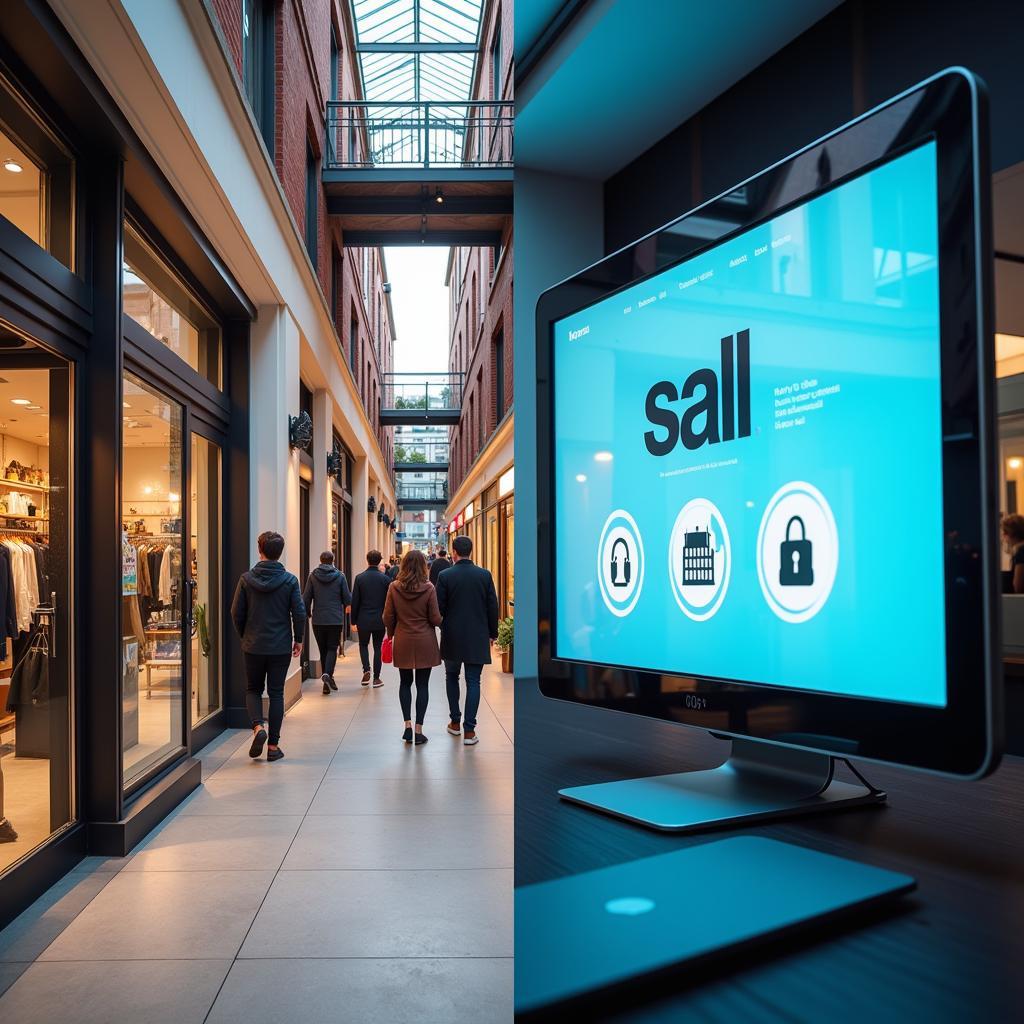The impact of e-commerce on traditional retail stores has become an increasingly common topic in IELTS Writing Task 2 examinations. Based on analysis of past papers and current trends, this theme has appeared frequently in various forms since 2019, particularly in questions about technology, business, and societal change. Let’s examine some authentic questions and provide detailed sample responses.

Question Analysis and Task Response
Some people believe that the growth of online shopping is leading to the closure of many traditional stores and the loss of jobs. To what extent do you agree or disagree with this statement?
This question requires candidates to:
- Express their opinion about the relationship between e-commerce growth and traditional retail decline
- Support their viewpoint with relevant examples and explanations
- Consider both positive and negative impacts
- Provide a balanced analysis of the situation
Sample Essay 1 (Band 8.0)
The rapid expansion of e-commerce has undeniably transformed the retail landscape, and while I largely agree that this shift has contributed to the decline of traditional stores, the reality is more nuanced than simple displacement.
The proliferation of online shopping platforms has indeed posed significant challenges to brick-and-mortar establishments. Many traditional retailers have been forced to close their doors as consumers increasingly prefer the convenience and competitive pricing of digital marketplaces. For instance, in many urban centers, traditional bookstores and electronics shops have experienced dramatic declines in foot traffic and sales, leading to widespread closures. This trend has been particularly evident in impact of online shopping on retail jobs, where numerous retail workers have lost their positions.
However, the relationship between e-commerce and traditional retail is more complex than it initially appears. While some traditional jobs disappear, new opportunities emerge in areas such as warehouse operations, delivery services, and digital marketing. The rise of how digital platforms affect traditional retail stores has actually created hybrid business models, where physical stores integrate online capabilities to remain competitive. Many successful retailers now operate both online and offline channels, offering ‘click-and-collect’ services and digital showrooms.
Furthermore, certain sectors of traditional retail have proven resilient and even thrived by offering experiences that cannot be replicated online. Local specialty stores, artisanal shops, and service-oriented businesses continue to attract customers who value personal interaction and immediate product access. This adaptation suggests that rather than complete displacement, we are witnessing a retail evolution where impact of e-commerce on consumer habits is driving innovation and transformation.
In conclusion, while online shopping has undoubtedly contributed to the closure of many traditional stores, its impact is more transformative than purely destructive. The retail sector is undergoing a significant evolution, creating both challenges and opportunities for businesses and workers alike.
Sample Essay 2 (Band 6.5)
In recent years, online shopping has become very popular and many people think it is causing traditional shops to close down and people to lose their jobs. I agree that this is happening to some extent.
Firstly, many traditional shops are closing because they cannot compete with online stores. Online shops can offer lower prices because they don’t need to pay for expensive shop space and many workers. Also, people find it easier to shop online because they can do it anytime and get things delivered to their home. This has made many small shops close down.
However, not all traditional shops are affected badly by online shopping. Some shops are doing well because they offer things that online stores cannot. For example, restaurants and hair salons cannot be replaced by online shopping. Also, some people still prefer to see and touch products before buying them, especially clothes and furniture.
Additionally, online shopping has created new types of jobs. Many people now work in warehouses, delivery services, and website management. These new jobs can help replace some of the jobs lost in traditional shops. Some shops have also started selling online as well as in their stores, which helps them stay in business.
In conclusion, while online shopping has caused some traditional shops to close and some people to lose their jobs, it has also created new opportunities. The best solution might be for traditional shops to combine online and offline selling methods.
Key Vocabulary and Phrases
- Proliferation (n) /prəˌlɪf.əˈreɪ.ʃən/ – rapid increase in numbers
- Brick-and-mortar (adj) /brɪk.ænd.ˈmɔː.tər/ – physical business location
- Foot traffic (n) /fʊt ˈtræf.ɪk/ – number of customers visiting a store
- Artisanal (adj) /ɑːtɪˈzænəl/ – made in a traditional way by skilled workers
- Hybrid (adj) /ˈhaɪ.brɪd/ – combining different elements
- Click-and-collect (n) /klɪk.ænd.kəˈlekt/ – buying online and collecting in store
- Digital showroom (n) /ˈdɪdʒ.ɪ.təl ˈʃəʊ.ruːm/ – virtual display space
- Displacement (n) /dɪˈspleɪs.mənt/ – forced removal or replacement
Looking to practice? Try writing your own essay addressing this alternative question: “How has online shopping changed the way people buy goods and services? Discuss the advantages and disadvantages of this trend.” Share your response in the comments for feedback and discussion.